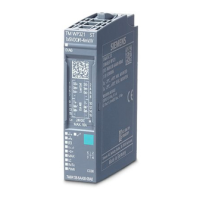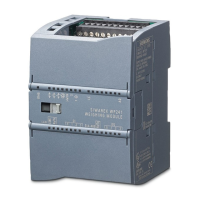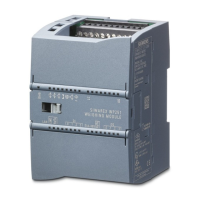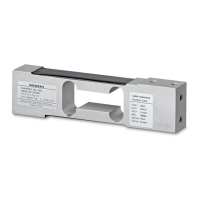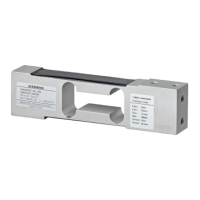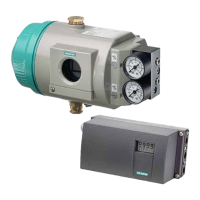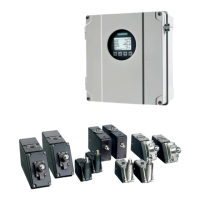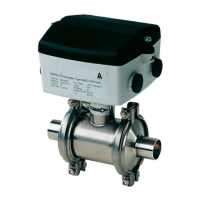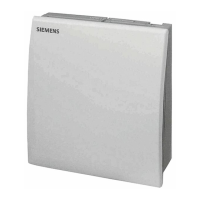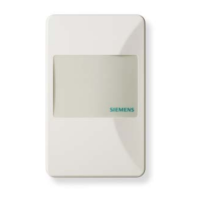Commissioning
7.3 Commissioning via Quick Start routine
SIWAREX WT241
Manual, 05/2015, A5E36046748A 45
The description for the quick start is based on the factory settings of the parameters. Now
make the desired settings in the input form shown above. Note that you must select metric or
imperial units for commissioning of the scale. This setting can only be changed again
following commissioning by loading the factory settings. A mixture of metric and imperial
units for belt load and flow rate is not permissible. Further information on the individual
parameters can be found in chapter → Scale parameters and functions of the belt scale
(Page 59).
Once the parameters have been appropriately set for your system, confirm them using the
save button (diskette symbol) and move on to the next input form using the button with
triangle at the bottom right.
Figure 7-3 Basic parameters 2 of 2
Enter your total belt length. Note that your result will be all the more accurate if you can enter
the belt length exactly. Decide in the next step on a speed detection method matching your
system. The number of belt revolutions is important for dynamic commands such as zeroing.
If the parameter is set to 2, for example, the electronics averages the load cell signal over
two complete revolutions and only then carries out the actual calibration/zero setting
command. The "Warm-up time" parameter is specified in minutes. An information bit is then
available in the scale status which remains TRUE for the defined time. The bit is for
information only; it has no effect on other functions. It can be used, for example, to allow the
belt to warm up before transportation of material is started. Using simulation mode you can
activate the "Load simulation" and "Speed simulation" functions. Without this activation, the
scale cannot be switched to the respective simulation mode.
7.3.1.1 Commissioning with speed sensor
When using a speed sensor, use the standard setting "Speed sensor on digital input DI.0" in
the speed detection parameter.
Enter the remaining parameters appropriate to your application, and confirm them using the
save button. Further information on the individual parameters can be found in chapter →
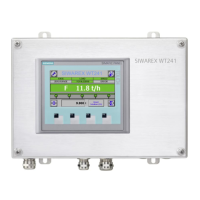
